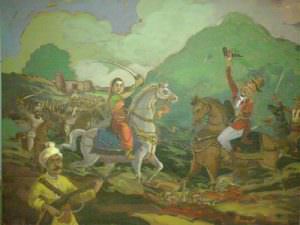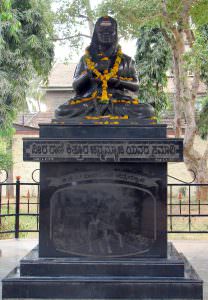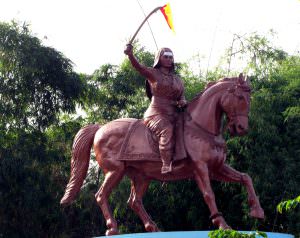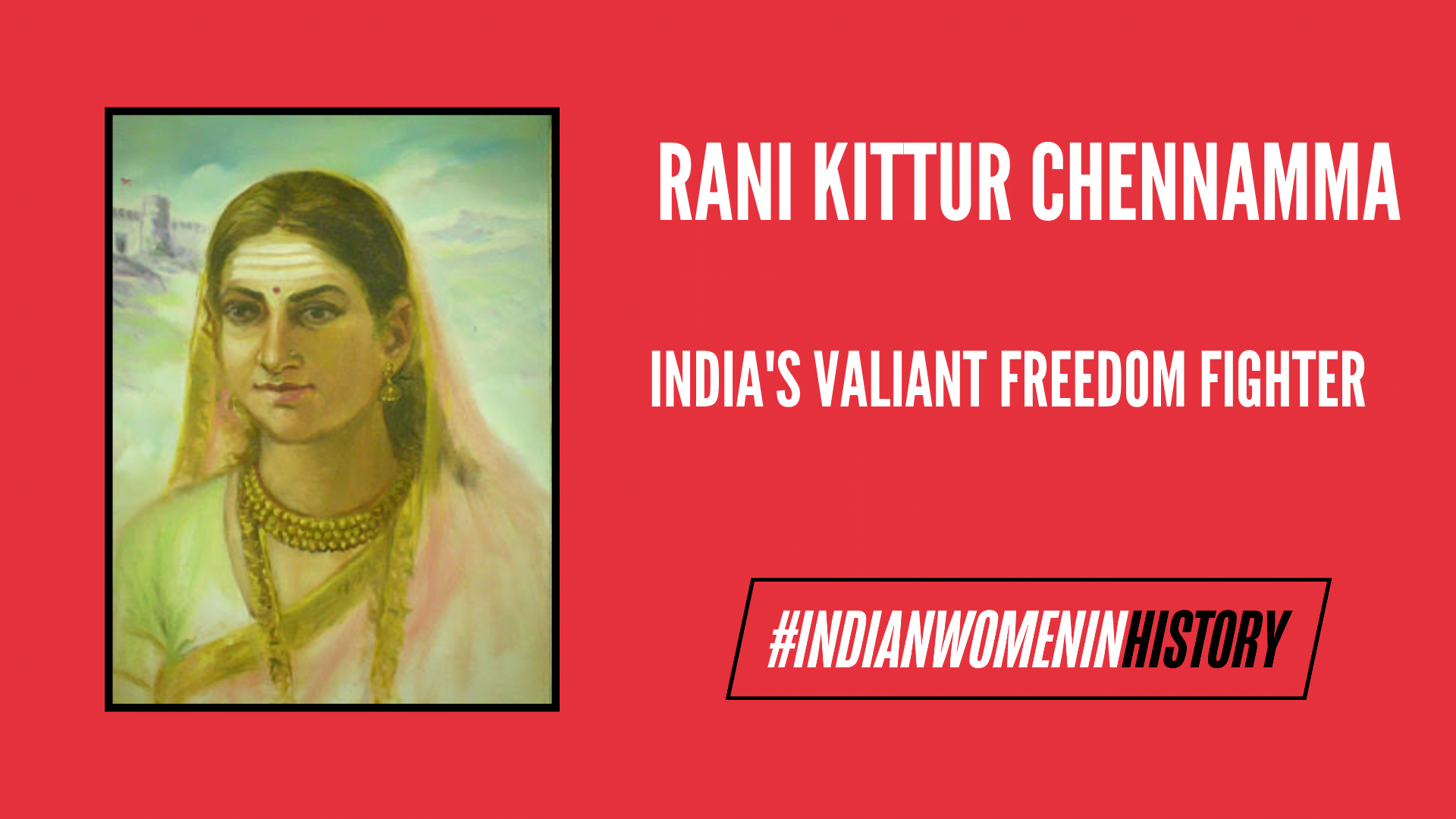Kittur Chennamma, the Queen of Kittur, was one of the first Indian rulers to lead an armed rebellion against the British East India Company in 1824, against the implementation of the Doctrine of Lapse. She was born in 1778, 56 years before the 1857 revolt led by Rani Lakshmi Bai, thus becoming the one of the first women freedom fighters to have fought against the British rule in India.
Her rebellion against the British ended with her imprisonment, however, she became a celebrated freedom fighter in the state of Karnataka and a symbol of the independence movement in India. Since 1824, ‘Kittur Utsava’ has been organised every year in the month of October to celebrate the heroic rebellion of Rani Kittur Chennamma.
Also Read: Accamma Cherian: The Jhansi Rani Of Travancore | #IndianWomenInHistory
Early Life

[Image Courtesy: Journeys Across Karnataka]
She was married to Mallasarja Desai, the king of Kittur, at the age of 15 and became the queen of Kittur. She had one son from the marriage, who after the death of her husband in 1816, also died in 1824. As the queen of Kittur, Kittur Chennamma adopted Shivalingappa after the death of her only son with the aim of making him the heir to the throne of Kittur.
Defiance of British Rule
The British East India Company did not take lightly to Chennamma’s act and ordered Shivalingappa’s exile from the kingdom. This was done under the pretext of the Doctrine of Lapse, according to which adoptive children of native rulers were not allowed to be named their successor and if the native rulers did not have children of their own, their kingdom would become a territory of the British Empire. The Doctrine of Lapse was officially codified between 1848 to 1856 by Lord Dalhousie.
Kittur Chennamma, however, defied the British order to expel Shivalingappa from the throne. She sent a letter to the Governor of Bombay to plead the cause of Kittur but Lord Elphinstone turned down Chennamma’s request. The state of Kittur came under the administration of Dharwad collectorate in charge of Mr. Thackeray, and Mr. Chaplin was the commissioner. Both men did not recognise Chennamma as the regent and Shivalingappa as the ruler and apprised Rani Chennamma to surrender her kingdom, but she again defied the British order. This led to the breakout of a war.
Also Read: Begum Samru: Nautch Girl Turned Queen Of Sardhana | #IndianWomenInHistory
War against the British
The British attempted to pillage Kittur’s treasures and jewels, which valued around 15 lakh rupees, but were unsuccessful. They had attacked Kittur with a force of 20,000 men and 400 guns, which came mainly from the third troop of the Madras Native Horse Artillery.

[Image Courtesy: Journeys Across Karnataka]
To avoid further destruction and war, Rani Chennamma negotiated with the British Commissioner Mr. Chaplin and the Governor of Bombay, under whose regime Kittur fell. She released the hostages owing to the British promise that the war would no longer be continued. However, the promise turned out to be only an act of deception. Humiliated by their first defeat at the hands of a small Indian ruler, Mr. Chaplin treacherously returned with much larger forces from Mysore and Sholapur to attack Kittur once again.

[Image Courtesy: Journeys Across Karnataka]
Ultimately, Kittur Chennamma and her forces were outnumbered by the large strength of the British forces. Rani Chennamma was defeated in her last battle and captured by the British, who imprisoned her at the Bailhongal Fort for life.
Her loyal lieutenant Sangoli Rayanna continued the guerrilla war even in her absence up to 1829, but in vain. He wished to install Shivalingappa, Chennamma’s adopted son, as the ruler of Kittur, but he was captured and hanged by the British. Shivalingappa was also arrested by the British forces.
Also Read: Razia Sultan: The First and Last Woman Ruler of Delhi Sultanate | #IndianWomenInHistory
Imprisonment and Death

[Image Courtesy: Hindu History]
Rani Chennamma’s samadhi (burial place) is in Bailhongal taluk, under the care of Government agencies. However, sadly, the burial place of this valiant queen lies neglected, in a state of poor maintenance. The only time the place is looked after is during the ‘Kittur Utsava’ and ‘Kannada Rajyotsava‘.
Commemorations
Kittur Rani Chennamma is still remembered for her valour. Even though she couldn’t win the war against the British, she became an inspiration for India’s freedom fighters and a lesson for the British government that Indian rulers will not accept their enforced laws without a good fight.
During the freedom movement, her brave resistance against the British forces became the theme of several inspirational plays, folk songs (Lavani) and stories. Rani Chennamma’s first victory against the British forces is still honoured annually in October during the ‘Kittur Utsava’, held in Kittur.

[Image Courtesy: Wikipedia]
On September 11, 2007, Rani Chennamma’s statue was unveiled at the Indian Parliament complex in New Delhi by the first woman President of India, Smt. Pratibha Patil. The statue was donated by the Kittur Rani Chennamma Memorial Committee and was sculpted by Vijay Gaur. Two other statues of Rani Chennamma were also installed at Bangalore and Kittur.
About the author(s)
Shagun Gupta is a fiction enthusiast and an amateur photographer, currently embarking on a writing career after having recently earned her post-graduate degree in Mass Communication.





“She was born in 1778, 56 years before the 1857 revolt led by Rani Lakshmi Bai”…. the difference is 79 years.